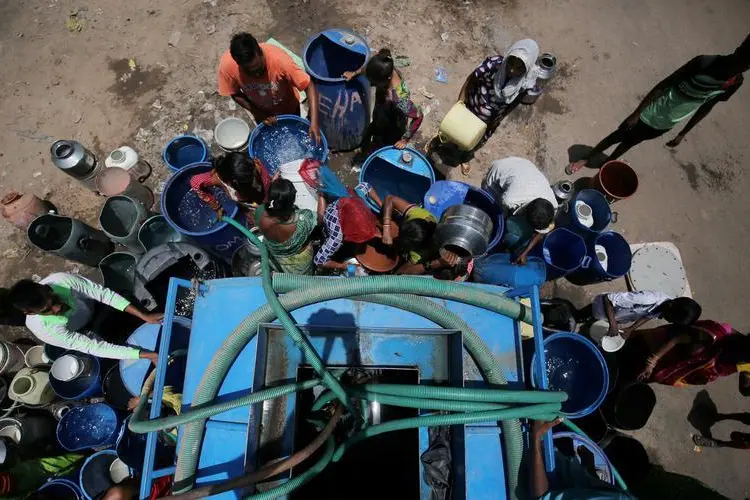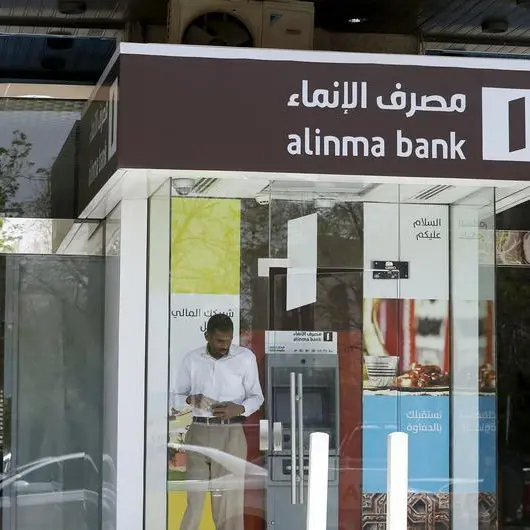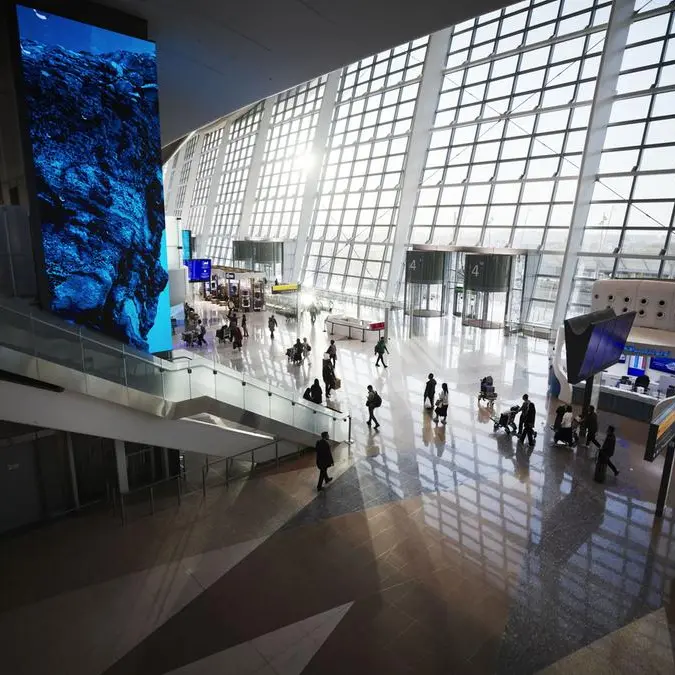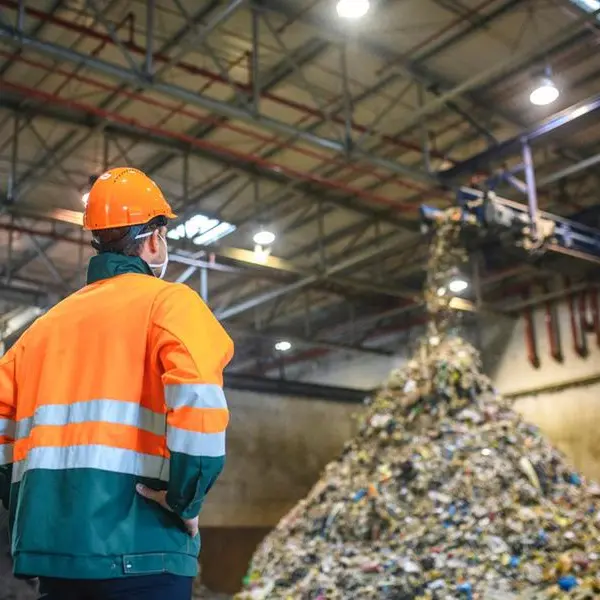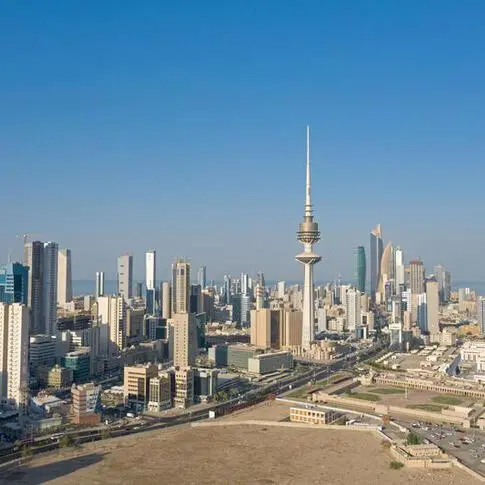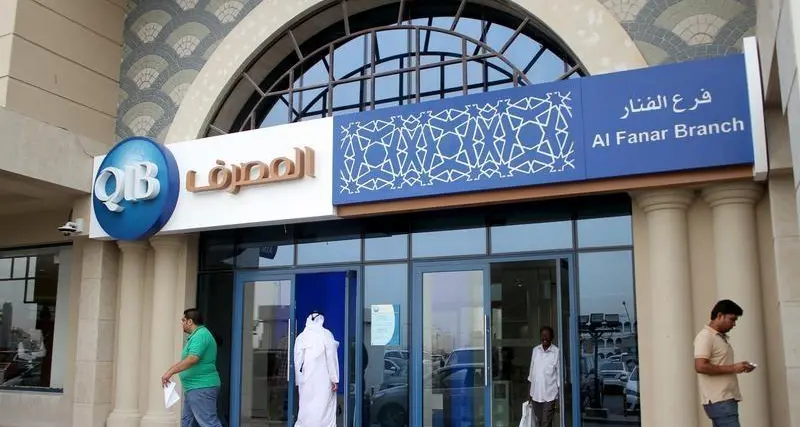PHOTO
MUMBAI - A photo of a tanker doing the rounds in Mumbai covered with a long list of telephone numbers under the name Jesus prompts a telling response: It won’t be long before we need his number for water, quips one Indian financier. Indeed, in Maharashtra, a state home to the financial capital and almost one-tenth of the country’s 1.3 billion population, India’s water crisis is already stirring.
Almost one-third of the world’s population lives in countries experiencing high water stress, the United Nations reckons, but few are as exposed as India where warm temperatures, poverty, climate change and mismanagement collide. It has about one-fifth of the planet’s people and barely 3% of its fresh water, says Mridula Ramesh, founder of the Sundaram Climate Institute, making it shorter of water even than China, which has a richer and more efficient command economy to deal with the problem.
In total 21 major cities, including New Delhi and IT hubs Bengaluru and Hyderabad, will run out of groundwater by 2020, contributing to a water crisis that could eventually cost 6% of GDP, according to Niti Aayog, a think-tank set up by Prime Minister Narendra Modi's government. Water scarcity threatens many sources of economic growth: The picturesque northern hill station of Shimla ran short of drinking water last year, prompting residents to ask tourists to stay away.
CAMPING OUT Maharashtra, India's largest state economy, is worth a closer look. Much of the state is suffering from severe drought. A seven-hour drive from Mumbai lies Mhaswad, where greenery gives way to dried-out orchards and a cattle camp offers free fodder and water. The aim is to protect livestock, a farmer’s most precious asset: 9,000 animals and 4,000 people from 70 villages live under the blistering sun in this temporary shelter spread across 140 acres. They came as early as January and will stay until it rains enough to return home, or donations run out. The camp's monthly running cost is 20 million rupees, or $290,000, and will rise with the summer heat.
The area has long been water-scarce but overuse of groundwater, deforestation, changing rainfall patterns and rising temperatures are making it harder to survive, explains Chetna Sinha, the founder of Mann Deshi rural co-operative bank for women. The 2018 co-chair of the World Economic Forum in Davos is the force behind the camp, which operates in times of extreme stress. The initiative has spurred the government to set up similar, if more bureaucratic, sanctuaries.
It’s one vivid example how water woes feed a bigger crisis in agriculture, a sector accounting for half India's workforce and guzzling most of its water. The government’s tankers supply villages but it is barely enough. Many farmers are ditching the profession and moving to cities. Asked why he had left his home in a village near Udaipur, Rajasthan’s “city of lakes”, one street-sleeper selling brightly coloured balloons in Mumbai blames dry land.
Water budgeting is desperately needed, says Amit Chandra, chairman of Bain Capital in India. His personal foundation works across Maharashtra with the local government to desilt dams, recharge ground water and boost farmers’ incomes. It’s one of many organisations trying to drought-proof the state and reduce people's desperation. Around 37,000 agricultural workers and farmers in Maharashtra committed suicide over the decade to 2015, National Crime Records Bureau data show.
Across the country, India also needs to reset incentives. Farmers grow sugarcane, a water-intensive crop, because the government assures a price that generates high returns at a time when the market rates for other produce, like onions, have collapsed as inflation has also fallen. India now has a sugar surplus, and its official subsidies have prompted Australia and Brazil to complain to the World Trade Organization. There are similar issues with rice
India is the world’s largest exporter of rice, and occasionally exports sugar too. Effectively, though, it is exporting water. The country pumps out twice as much groundwater as China or the United States, according to India's annual economic survey. Farmers can do so at low cost because they pay little or nothing for electricity. It means water levels are declining in more than half of wells in states surveyed by Niti Aayog, the think-tank.
WATER REFUGEES
Water scarcity, poor crop choice, and wasteful irrigation methods are a dangerous cocktail with employment precarious for many Indians and inequality rampant. One diplomat warned in 2008 that drought and other pressures would create a “perfect storm” to undermine stability in Syria, a water-hungry and now war-torn country. That's the kind of pattern that India will not want to risk repeating.
Ramesh, the climate expert, points to some potential ways to tackle the problem. Israel, another country desperately short of water, is on a better track thanks to aggressive metering. Every office, home, and farm in the country is metered, often with a smart device, she says. Landowners have no right to the groundwater and don’t even own their sewage, she adds. Aggressive pricing is key too: In one year alone, Israel raised water costs for everyone by 40%. Such things are more easily done in Israel, of course, a much smaller, richer country than India.
There are signs New Delhi is getting serious. Since winning a landslide re-election last month, Modi has restructured various water ministries into a single portfolio to deal with related issues, including polluted rivers and the shortage of clean drinking water. The new ministry's power may be limited as water is a state matter and already fought over, but it is a start. Water security is critical to ending poverty. India’s most impoverished districts largely match those where agriculture is reliant on rainfall, says Bain's Chandra.
As well as averting a social crisis, investments to improve water supplies could pay off handsomely. Maharashtra asked New Delhi for about $1 billion for drought relief in November; in the year prior, the state announced a nearly $5 billion waiver of farm loans. Like Israel, India at least has the technological smarts to try and ensure it doesn’t become a source of water refugees. Now national and state governments need to pull together.
CONTEXT NEWS
- India's Prime Minister Narendra Modi has created a ministry of Jal Shakti, or water power, to address issues concerning the resource in an integrated manner.
- The government announced the new ministry, combining various other water-related portfolios, on May 31, the day after Modi was sworn into power for a second five-year term.
(Editing by Richard Beales and Katrina Hamlin)
© Reuters News 2019
